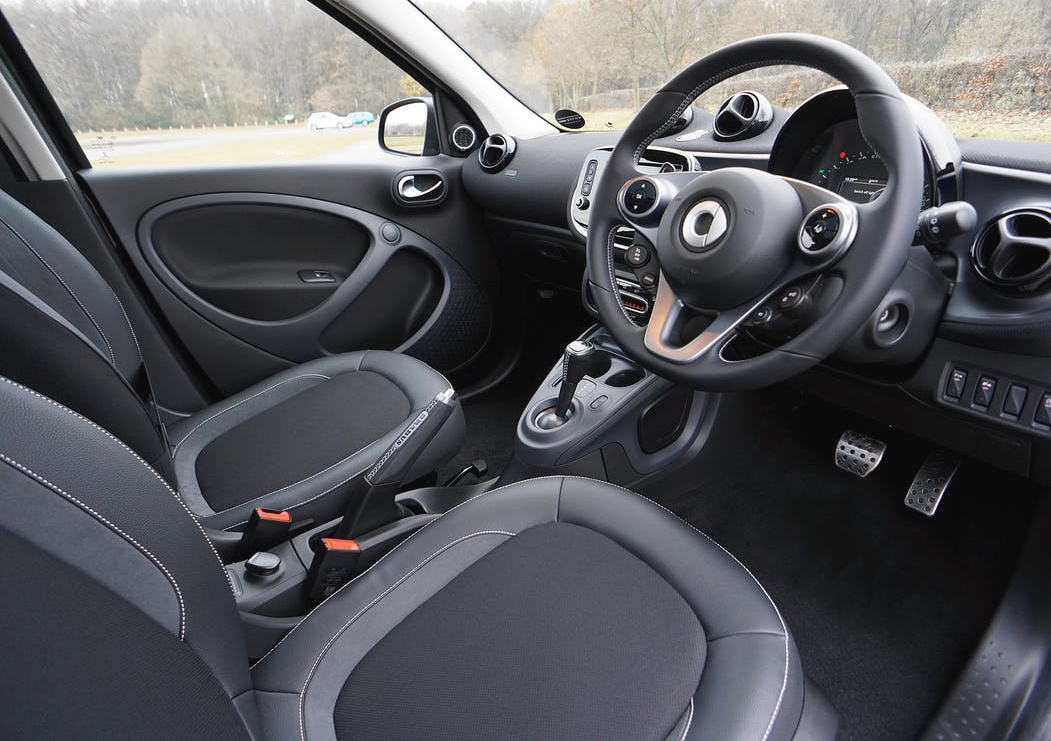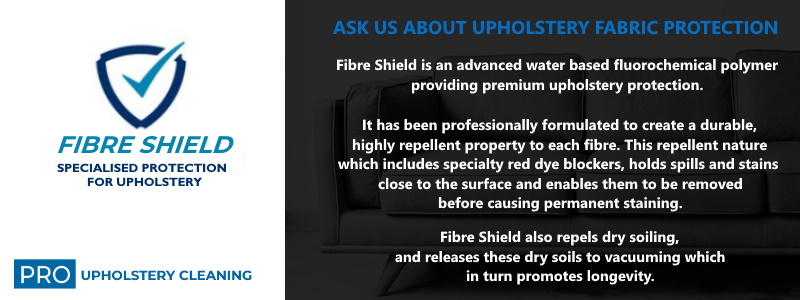Automotive Upholstery
Automotive upholstery has come a long way and there are some really amazing fabrics and designs available today. Typically, vehicle upholstery was just found on the seats, but over time, most of the vehicles interior can be upholstered from the doors to the dash, console, and boot, and roof lining.
Automotive upholstery didn't always have the plush look that we are used to. Upholstery in some of the earliest vehicles was extremely scarce, and before automobiles, there was the earliest forms of caravans which contained upholstery.
There was hardly any padding on the interiors of the vehicle or the seats. The automotive frames were usually wooden and were usually bare or covered with canvas. The seats were made of wood and had coils for support. These coils were then covered by canvas or other fibrous materials.
It was only in the 20th century that metal frames replaced wooden ones. Coils for seats were also discarded for zig-zag types, and padding became popular. Then from the 70s things began to get better. By the 90s inventions that are integral to modern day upholstery came around. Polyurethane foam was introduced, and cover materials became lighter and more durable.

How is Automotive Upholstery Made?
Automotive upholstery has a wide range of products. And as such, it has several materials as options. We will go through the most common kinds of vehicle upholstery and discuss the most common materials used.
Covers
Generally speaking, your seats will be covered in leather, vinyl, polyester, nylon, or a combination of these materials.
Covers are usually made out of durable materials like PVC. However, luxury cars often use high-quality leather that are either full grain or top grain.
Another option is faux vinyl leather, made from PVC. To make this, PVC is combined with chemicals that soften and stabilise its texture. Then it is layered over a base material like cotton or synthetic fiber for added structure.
Foam
Polyurethane foams are the industry standard for cushioning in automotive upholstery. They may come as open-cell foams or closed-cell foams. Another very important type of foam in cars is melamine foams. These foams are a copolymer of formaldehyde-melamine-sodium bisulfite.
Interior
The interiors of cars are usually made of plastic. If they have other materials, there is usually a plastic base underneath. Some of the most common materials are polypropylene, polyurethane, and of course, PVC. Some other popular interiors materials are vinyl, faux leather, suede, and velour.
One popular material is also imitation wood. Imitation wood or composite wood is made from wood scraps. The wood scraps are bonded by grounding it and mixing it with a heated thermoplastic resin.

Characteristics
There are some characteristics of this upholstery that differentiates it from your standard fabrics and materials.
Fabrics
Fabrics offer a lot of benefits. They are very easily customisable and replaced. They are also very appealing and offer a comfortable surface. Most nylon and polyester blends are also stain-resistant and treated against UV damage.
One of the biggest drawbacks of automotive upholstery fabrics is that it is not durable when compared to other materials. It is also a bit tricky to clean and often requires a professional car interior cleaning service for best results.
PVC
PVC is cheap and very effective against moisture and staining. It is maintained easily and can last a very long time. It is also resistant to UV damage, and its texture can be altered quite a bit. As such, we have faux vinyl leather, which is very widely used for vehicle upholstery.
PVC is rarely used on its own, and instead, PVC blends are more popular. PVC also does not feel good against skin. It can also get very sticky and uncomfortable during hot seasons. Plus, many people do not like the aesthetic it gives.
Foam
Polyurethane foams are very lightweight yet durable. They can retain their original shape and firmness even after years of use. They are also very resistant to heat and have a uniform surface and feel. Another great quality of polyurethane foams is that it is recyclable even after a car's life span ends.
Popular Uses
The different materials in automotive upholstery provide are used to make everything from seats to interiors. Here are some of the main materials and their uses in automotive upholstery.
Plastics
Plastics are used to make the majority of interior upholstery. PVC is used to make seat covers and protective covering for seats. It is also blended with synthetic fibers to make faux leather. Plastics can also be used to make car mats, dashboards, and other components of the interior.
Fabrics
Synthetic fabrics are used to make protective covers for your seats. They also are used as an accent on different parts of the interiors like the door panels. Fabric covers for seats are also available. Leather, faux leather, nylon and polyester are some of the most popular fabrics for seat covers.
Foam
Polyurethane foams are used to make cushions for the seats, hand rests, and headrests. Melamine foams, however, are used as absorption foams. They absorb the sounds from the engine and the wheels while driving. Thus they improve interior acoustics. Incidentally, they also have thermal insulation, perfect for when the AC or heater is on.
Choosing the best automotive upholstery can be challenging, and it will greatly depend on your wants and needs. Leather or extremely high-quality vinyl will be found in luxury car models while combinations of vinyl, nylon, and polyester will be found in others.
Polyester and nylon or a blend of them will generally be the most comfortable, while leather and vinyl can get quite hot and sometimes sticky. Sometimes people like leather or vinyl trimming on the doors and dash while having a fabric seat for more comfort.
The Best Automotive Upholstery
Cleaning Service You Will Ever Try.

